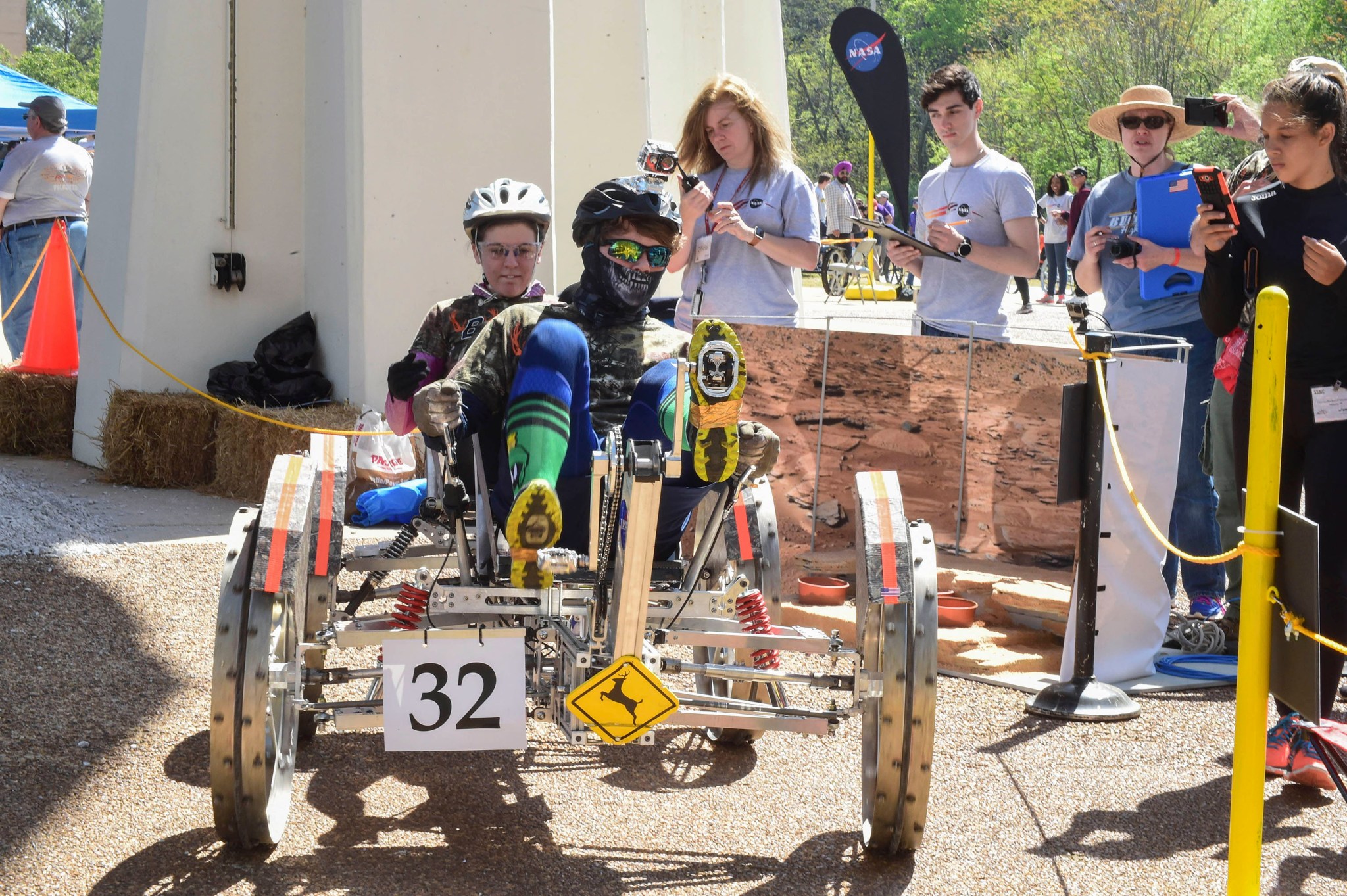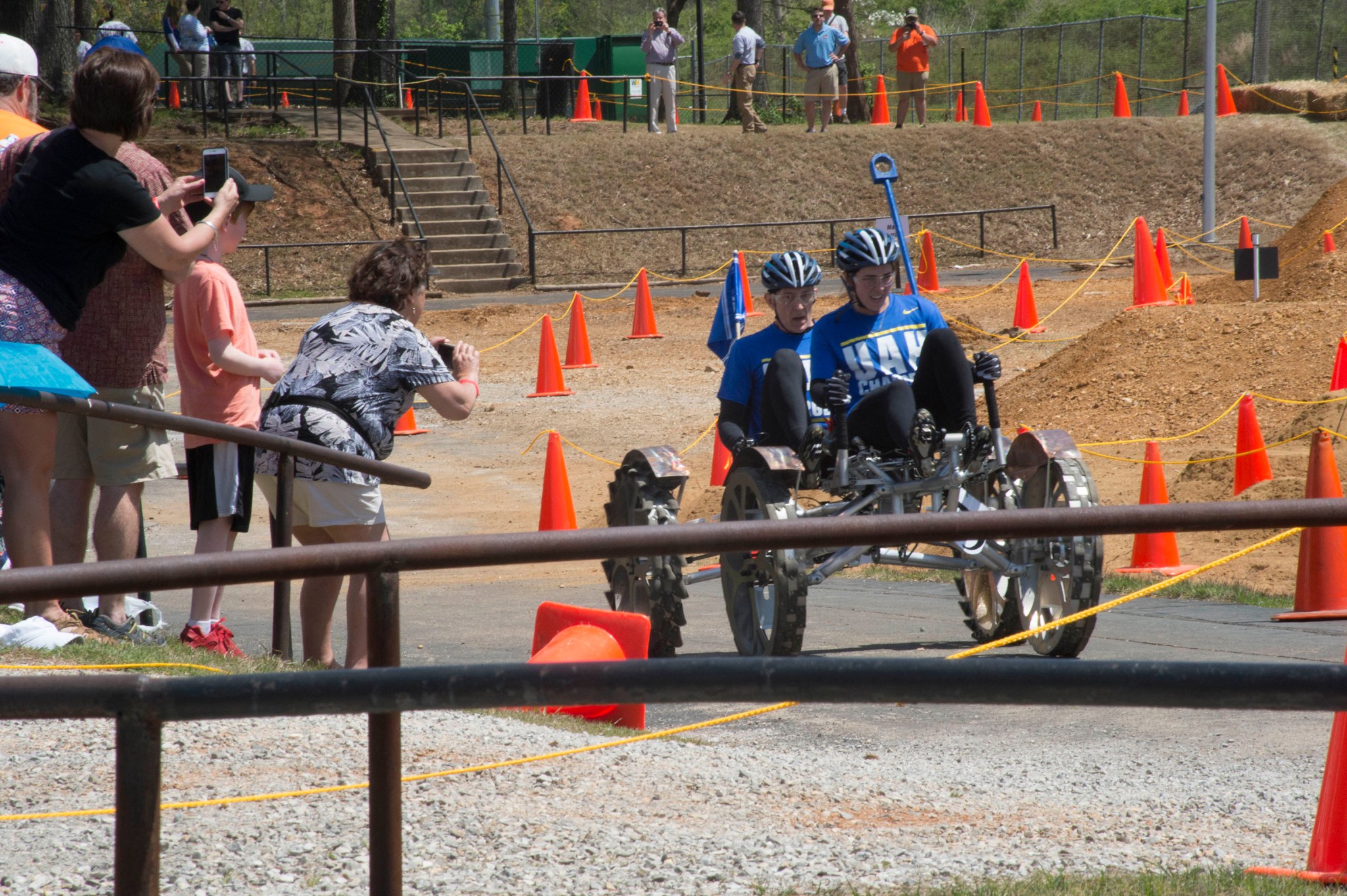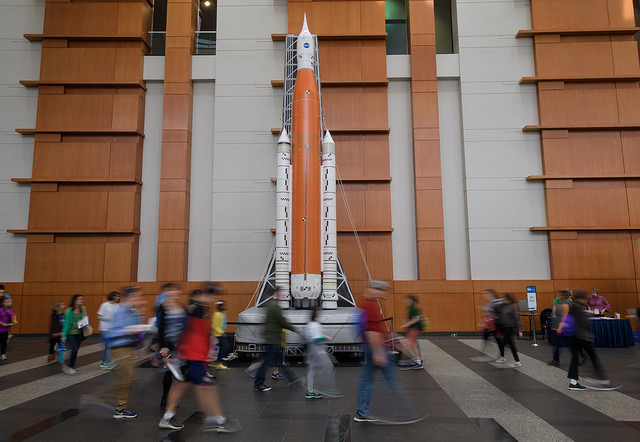In This Week’s Star
- NASA Announces Winners of Weather-shortened Rover Challenge
- SLS Liquid Hydrogen Tank Readied to be Primed for Thermal Protection
- NASA Astronauts Joe Acaba, Mark Vande Hei Visit Marshall for Expedition 54 Debrief
- Marshall Programs and Exhibits Highlighted at USA Science and Engineering Festival in Washington, Attended by 370,000
- Marshall Historian Brian Odom Receives Annual NASA History Award
- This Week in NASA History: Apollo 16 Launches – April 16, 1972
- Human Exploration Rover Challenge Highlighted on ‘This Week @NASA’
NASA Announces Winners of Weather-shortened Rover Challenge
By Brian C. Massey
NASA has announced the winners of the 2018 Human Exploration Rover Challenge, held April 13 at the U.S. Space & Rocket Center in Huntsville.
Buckhorn High School of New Market, Alabama, won first place in the high school division with 84 points; and the University of Alabama in Huntsville – Team 1 won the college/university division with 61 points. Teams were awarded points based on the successful navigation of obstacles and completion of tasks.
The second day of competition and the awards ceremony were cancelled due to severe weather in the area.
“We could not have asked for better weather on Friday, the excitement and competition were simply incredible, but unfortunately, Saturday’s stormy weather did not allow us to continue,” said Mona Miller, Rover Challenge project manager at NASA’s Marshall Space Flight Center. “The Rover Challenge team, conferred with Marshall and the U.S. Space & Rocket Center, and decided for the safety of our teams and their families to cancel the second day of competition and the awards ceremony. It was a difficult decision and we did not make it lightly.”
The competition, hosted by Marshall and the U.S. Space & Rocket Center, challenges high school and college teams to design, build and test human-powered roving vehicles inspired by the Apollo lunar missions and future exploration missions to the Moon, Mars and beyond.
“It is truly inspiring to see the ingenuity demonstrated by these students and in their rovers,” Miller said. “I would like to congratulate, not only the winners, but all of the teams for their hard work. Rover Challenge is a great event and it’s exciting to see the next generation of engineers and explorers on display.”
In its 24th year, the rules and challenges for Rover Challenge were redesigned in 2018 to better simulate a real exploration mission. Once focused on the fastest time, this year’s competition challenged teams to complete 14 obstacles and five tasks throughout the half-mile course, with a six-minute supply of “virtual” oxygen.
The obstacles simulated the terrain found throughout the solar system, and the tasks challenged teams to collect and return samples, take photographs and plant a flag. Teams had to decide which tasks and obstacles to attempt or bypass before their clock expired.
Nearly 100 teams took part in the competition, coming from 23 states, the District of Columbia and Puerto Rico, as well as several different countries, including Brazil, Germany, India and Mexico.
The competition, managed by Marshall’s Academic Affairs Office, is one of many NASA initiatives to encourage students to study the STEM fields of science, technology, engineering and mathematics, and to inspire the next generation of explorers.
Replays of the competition are available on a variety of streaming platforms, including Facebook, Periscope and Ustream.
The complete list of award winners is provided below.
High School Division
- First Place: Buckhorn High School (New Market, Alabama), 84 points
- Second Place: International Space Institute (Leipzig, Germany), 66 points
- Third Place: Greenfield Central High School – Team 1 (Greenfield, Indiana), 63 points
College/University Division
- First Place: University of Alabama in Huntsville – Team 1 (Huntsville, Alabama), 61 points
- Second Place: University of Colorado Denver (Denver, Colorado), 49 points
- Third Place: East Carolina University (Greenville, North Carolina), 48 points
AIAA Neil Armstrong Best Design Award
- High School Division: Parish Episcopal School – Team 1 (Dallas, Texas)
- College/University Division: Universidade Federal Fluminense (Niterói, Brazil)
Technology Challenge Award
- Middle Tennessee State University – Team 1 (Murfreesboro, Tennessee)
Drive Train Technology Challenge
- University of Central Missouri – Team 1 (Warrensburg, Missouri)
Featherweight Award
- High School Division: Buckhorn High School (New Market, Alabama)
- College/University Division: University of Colorado Denver (Denver, Colorado)
AIAA Telemetry/Electronics Award
- Middle Tennessee State University – Team 1 (Murfreesboro, Tennessee)
Crash and Burn Award
- Rhode Island School of Design (Providence, Rhode Island)
Frank Joe Sexton Memorial Pit Crew Award
- High School Division: Alfonso Casta Martinez (Manuabo, Puerto Rico)
- College/University Division: University of Houston – Team 1 (Houston, Texas)
Team Spirit Award
- Tecnológico de Monterrey (Xochitepec, Mexico)
Rookie of the Year Award
- East Carolina University (Greenville, North Carolina)
Jesco von Puttkamer International Team Award
- High School Division: CETED Centro de Tecnologia em Educação (Rio de Janeiro, Brazil)
- College/University Division: Pontificia Universidad Católica del Perú (Lima, Peru)
AIAA Best Report Award
- High School Division: Parish Episcopal School – Team 1 (Dallas, Texas)
- College/University Division: Tennessee Tech University – Team 2 (Cookeville, Tennessee)
Educational Engagement Award
- High School Division: Greenfield Central High School (Greenfield, Indiana)
- College/University Division: SVKM’s NMIMS Mukesh Patel School of Technology Management and Engineering (West Mumbai, India)
System Safety Challenge Award
- High School Division: International Space Institute (Leipzig, Germany)
- College/University Division: Middle Tennessee State University (Murfreesboro, Tennessee)
Massey, an ASRC Federal/Analytical Services employee, supports the Office of Strategic Analysis & Communications.
SLS Liquid Hydrogen Tank Readied to be Primed for Thermal Protection
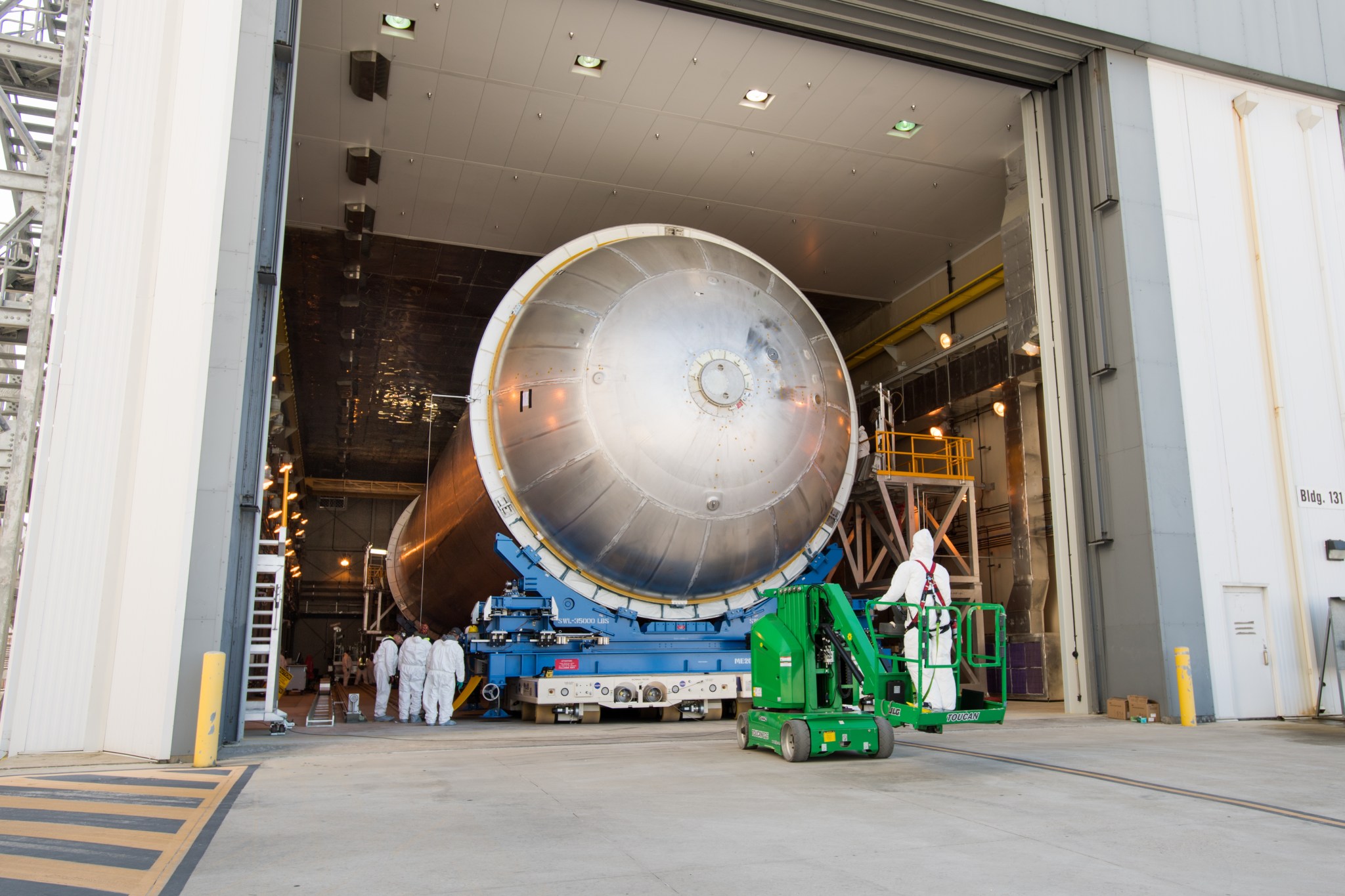
The liquid hydrogen tank for NASA’s deep-space rocket, the Space Launch System, makes a move for its next step in processing. Technicians at the agency’s rocket factory, the Michoud Assembly Facility, place the tank into Cell P to be primed before its thermal protection systems application. The hardware requires protection due to extreme temperatures it will face during launch. The liquid hydrogen tank measures more than 130 feet tall, comprises almost two-thirds of the core stage and holds 537,000 gallons of liquid hydrogen cooled to minus 423 degrees Fahrenheit. Propellant will flow from the tank to four RS-25 engines that will power the massive rocket on its first integrated flight with the Orion spacecraft: Exploration Mission-1. (NASA/Michoud/Jude Guidry)
NASA Astronauts Joe Acaba, Mark Vande Hei Visit Marshall for Expedition 54 Debrief
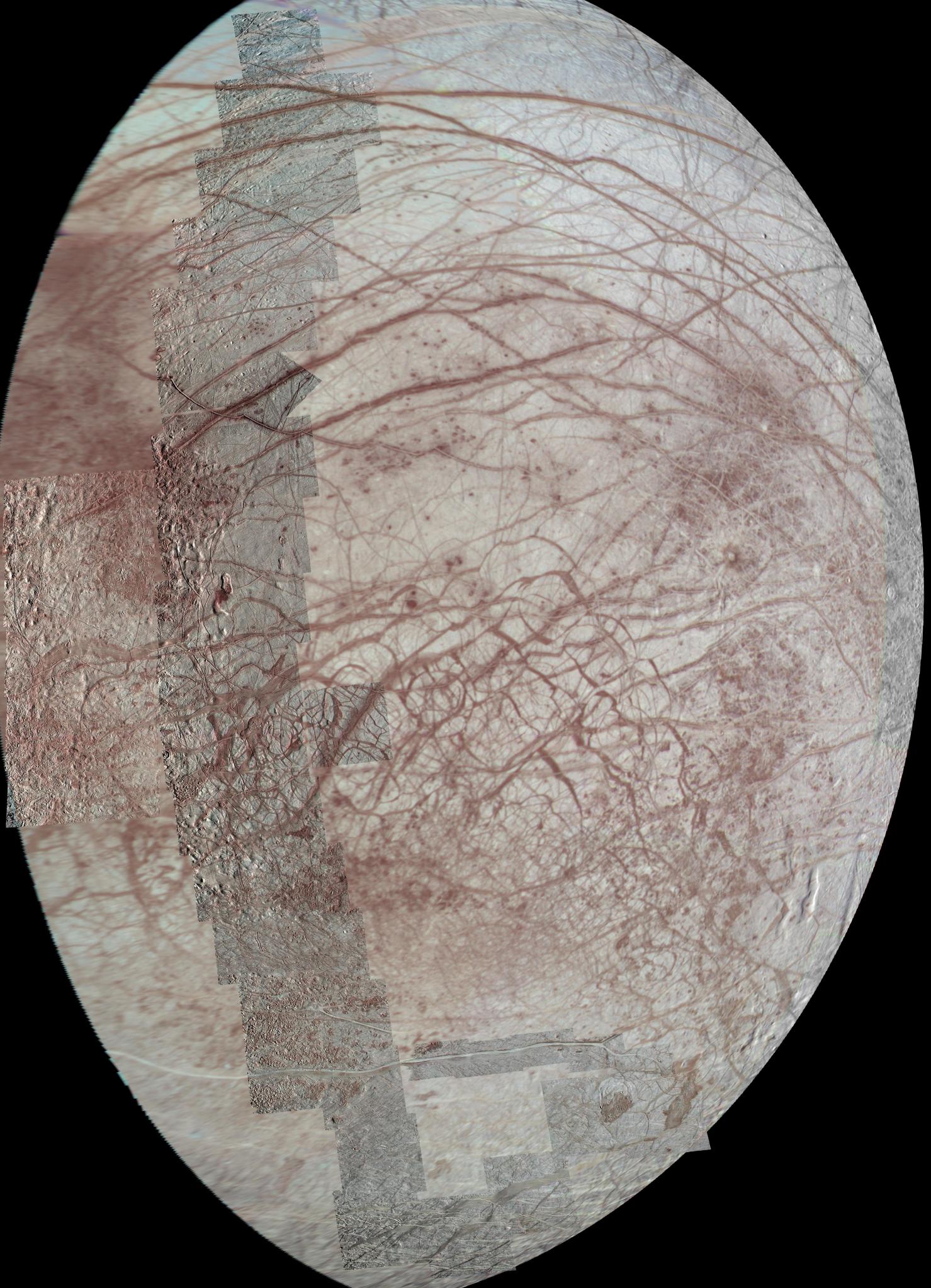
Stephanie Shelton, a payload communications manager at NASA’s Marshall Space Flight Center, joins NASA astronauts Joe Acaba and Mark Vande Hei for a call to the onboard crew of the International Space Station. Vande Hei and Acaba visited Marshall April 11 for their honorary Expedition 54 plaque hanging ceremony and to provide valuable feedback of their on-orbit science investigations with the Payload Operations and Integration Center team. The astronauts’ time on station marked the beginning of increased crew size on the U.S. segment, enabling NASA to double the time dedicated to research and achieve a record-setting week of research of more than 100 hours in one week. Highlights from this research include investigations into the manufacturing of fiber optic filaments in microgravity, improving the accuracy of an implantable glucoses biosensor, and measuring the Sun’s energy input to Earth. (NASA/MSFC/Emmett Given)
Marshall Programs and Exhibits Highlighted at USA Science and Engineering Festival in Washington, Attended by 370,000
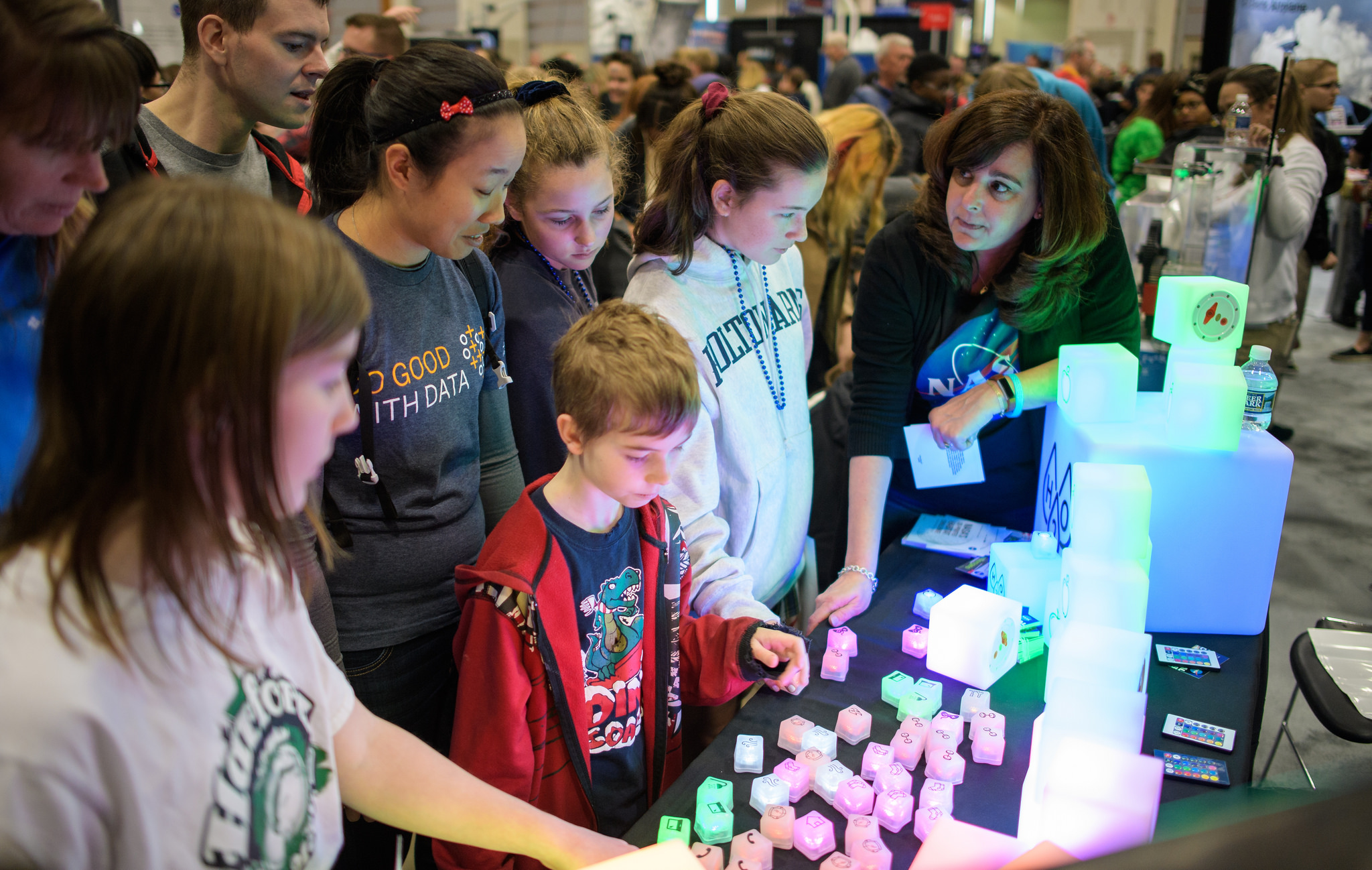
Attendees learn about packing for space travel during Sneak Peek Friday event at the USA Science and Engineering Festival April 6 in Washington. The exhibit — presented by NASA’s Centennial Challenges Program, managed at NASA’s Marshall Space Flight Center — taught students about the many items humans will need for survival on long-duration missions and how NASA technology will help meet those needs. (NASA/Joel Kowsky)
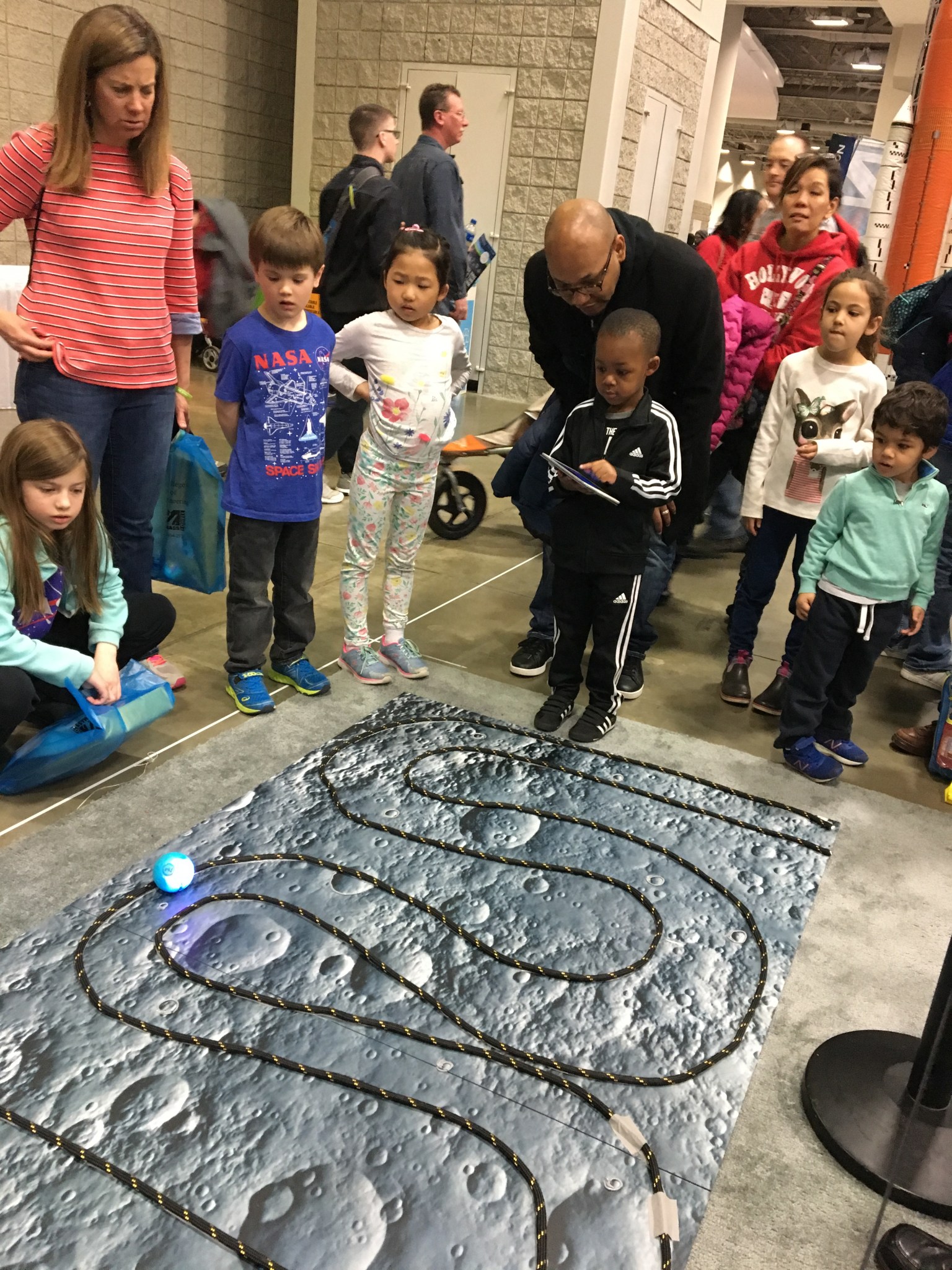
Young astronauts-in-training were challenged with driving a “spherobot” through a moonscape obstacle course in NASA’s Space Technology area at the Science and Engineering Festival in Washington. The exhibit was presented by members of the agency’s Technology Demonstration Mission program. (NASA/MSFC/Keyke Reed)
Attendees walk past an inflatable model of NASA’s Space Launch System at the USA Science and Engineering Festival April 6 in Washington. The event attracted more than 370,000 attendees, including students, teachers, military families and government officials. (NASA/Joel Kowsky)
Marshall Historian Brian Odom Receives Annual NASA History Award
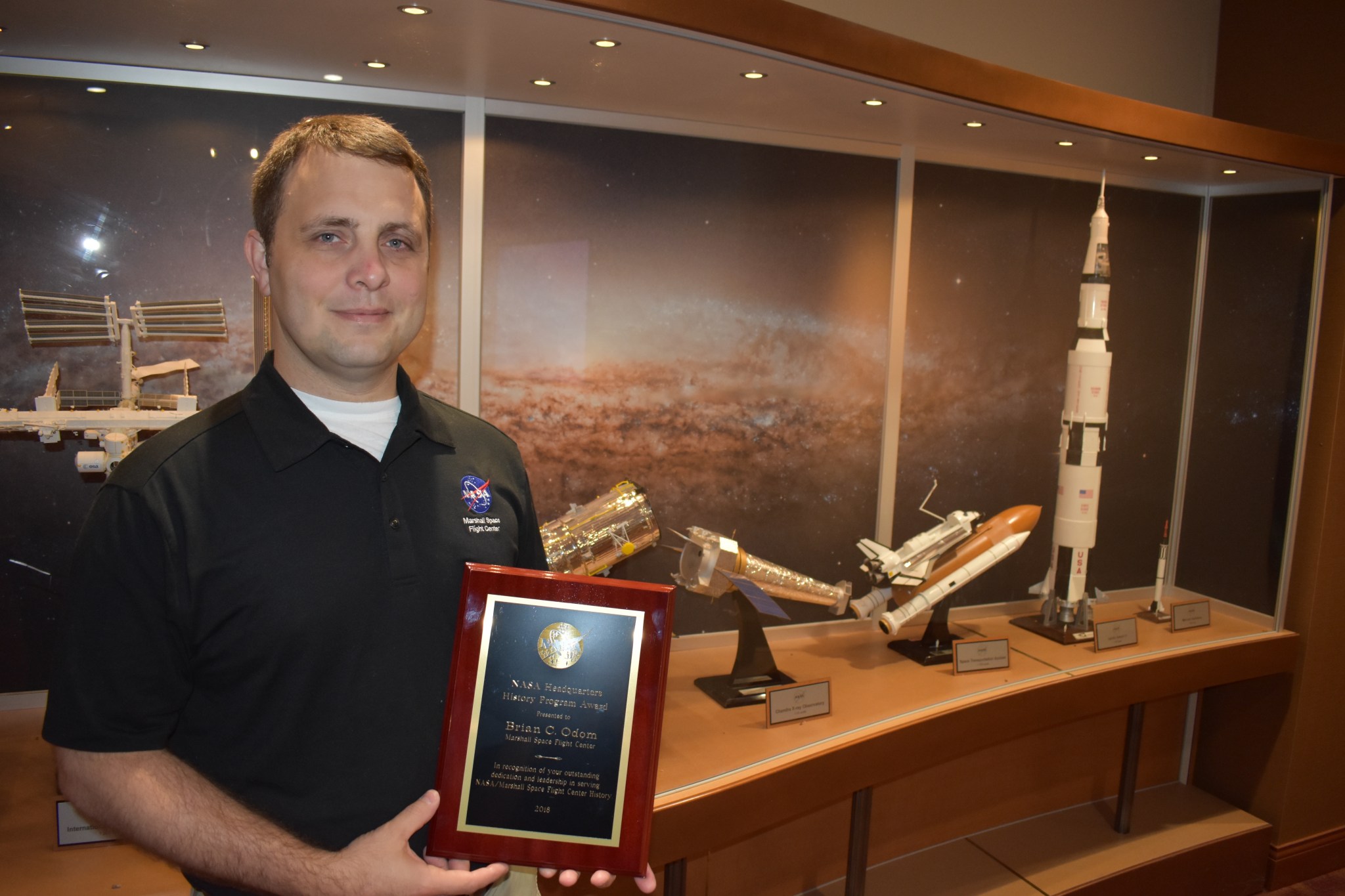
NASA Marshall Space Flight Center Historian Brian Odom received the annual NASA History Award in recognition of his outstanding dedication and leadership in serving both Marshall history and aerospace history. The Headquarters History Division presents the annual NASA History Award each spring to recognize a NASA employee who has excelled in the promotion of NASA history inside and outside the agency. Nominations come from fellow NASA archivists and historians. Odom’s nomination recognized his work in 2017, including his outstanding efforts in organizing the “NASA in the ‘Long’ Civil Rights Movement” symposium held in March 2017 in Huntsville. Odom also led efforts to publish a collection of papers from the event for the record. He immediately followed this initiative beginning work on “NASA in the South,” an event scheduled for 2019. (NASA/MSFC/Jonathan Deal)
This Week in NASA History: Apollo 16 Launches – April 16, 1972
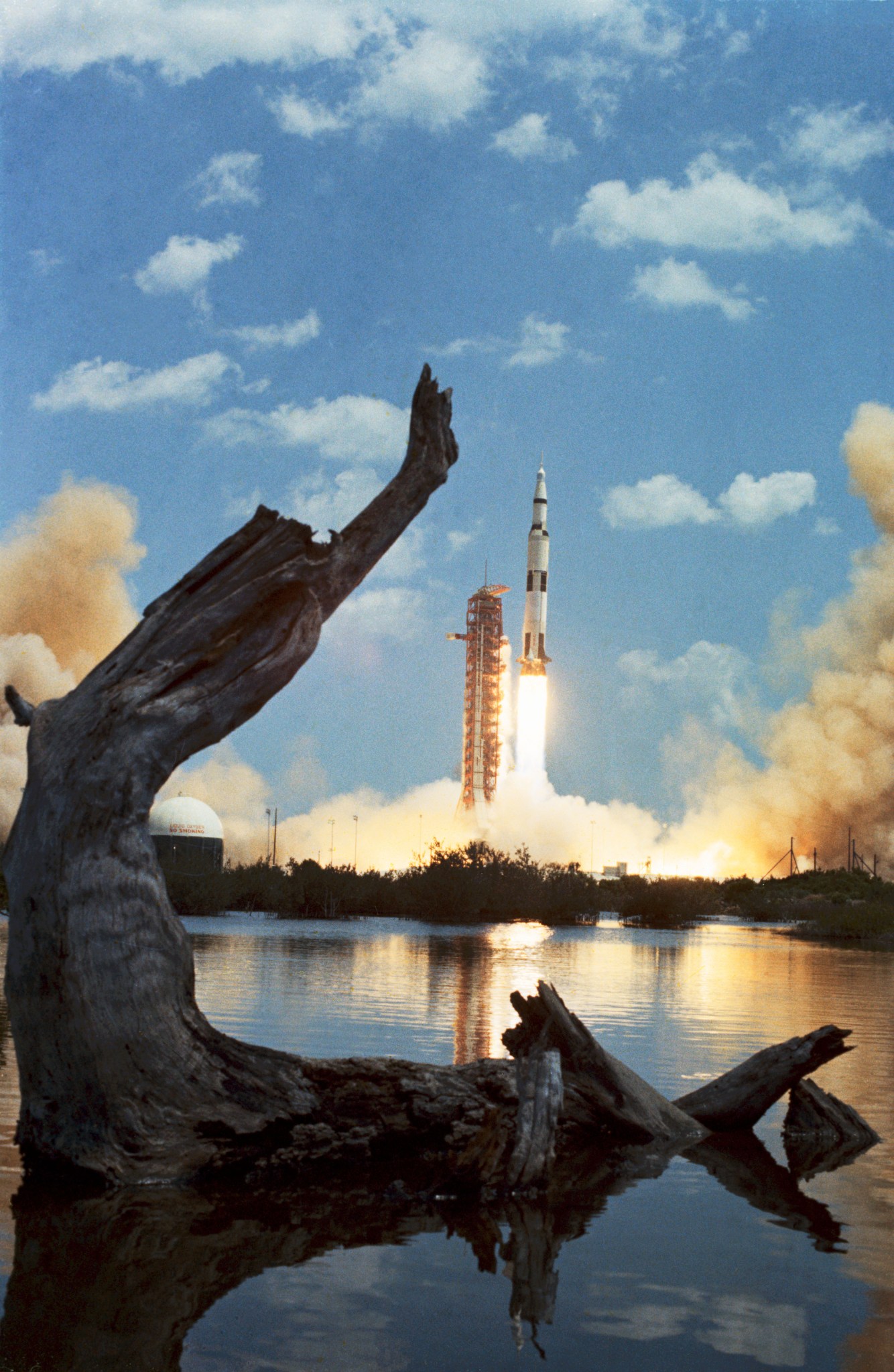
This week in 1972, Apollo 16 launched from NASA’s Kennedy Space Center. Apollo 16 was the second of three science-oriented missions planned for the Apollo Program. It carried with it a Lunar Roving Vehicle, developed by NASA’s Marshall Space Flight Center to transport astronauts and materials on the Moon. Today, Marshall is developing NASA’s Space Launch System, the most powerful rocket ever built, capable of sending astronauts to the Moon, Mars and deeper into space than ever before. The NASA History Program is responsible for generating, disseminating and preserving NASA’s remarkable history and providing a comprehensive understanding of the institutional, cultural, social, political, economic, technological and scientific aspects of NASA’s activities in aeronautics and space. For more pictures like this one and to connect to NASA’s history, visit the Marshall History Program’s webpage. (NASA)
Human Exploration Rover Challenge Highlighted on ‘This Week @NASA’
The 2018 Human Exploration Rover Challenge is featured in “This Week @NASA,” a weekly video program broadcast nationwide on NASA-TV and posted online.
The 24th annual challenge kicked off April 13 in Huntsville. The two-day competition — hosted by NASA’s Marshall Space Flight Center — challenges students to build and test human-powered roving vehicles inspired by the Apollo lunar missions as well as plans for future missions to the Moon, Mars and beyond. The competition routinely includes teams from the continental United States, Puerto Rico, and countries such as Brazil, Germany, India and Mexico.
The competition is run by Marshall’s Academic Affairs Office.
View this and previous episodes at “This Week @NASA” on NASA’s YouTube page.



























